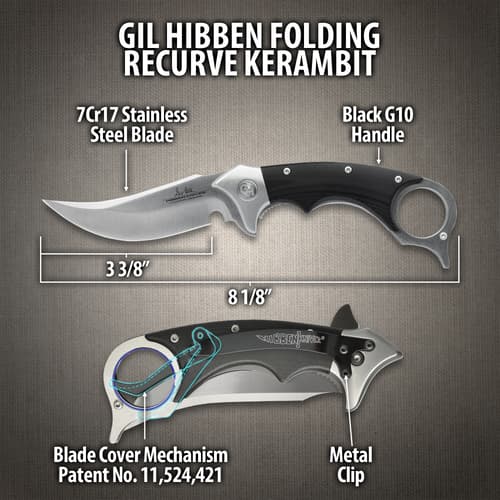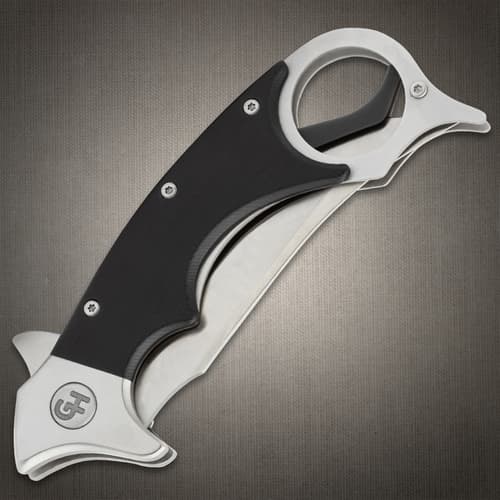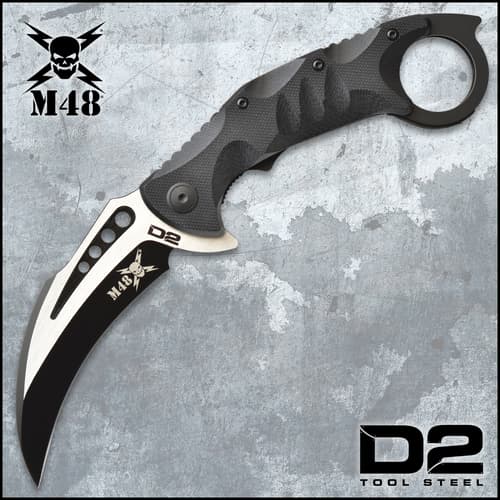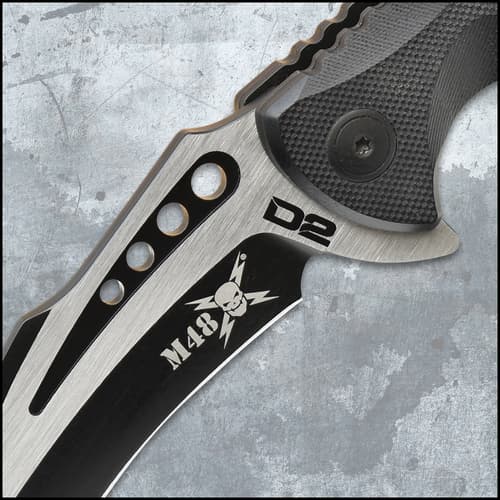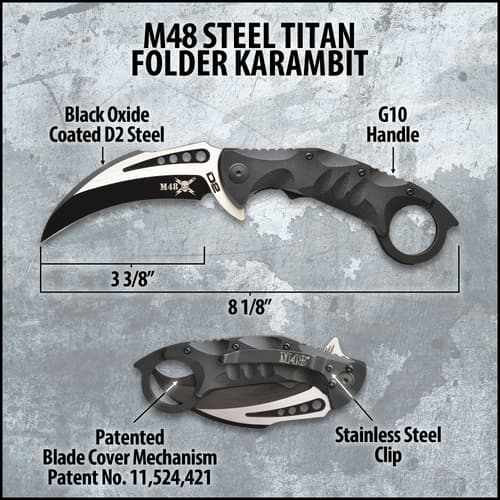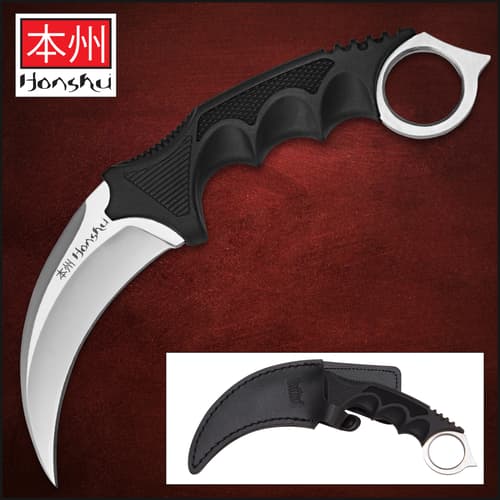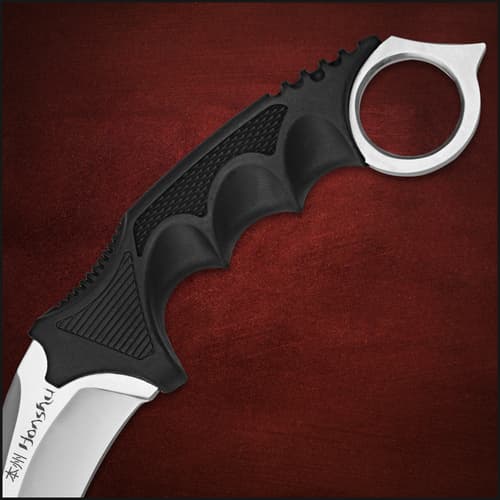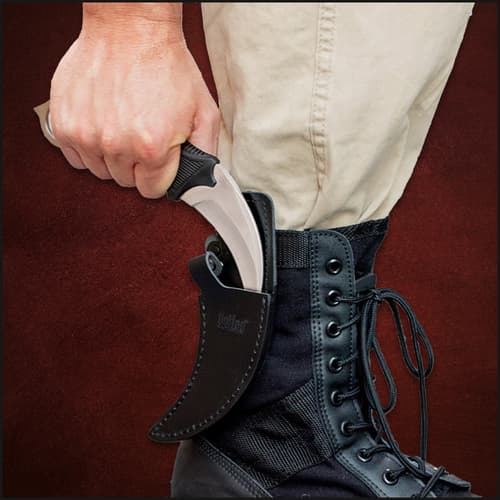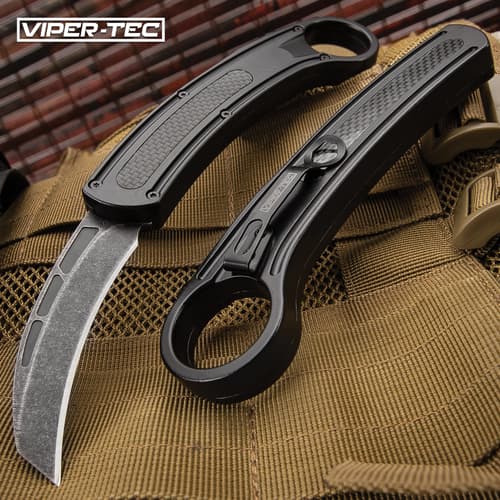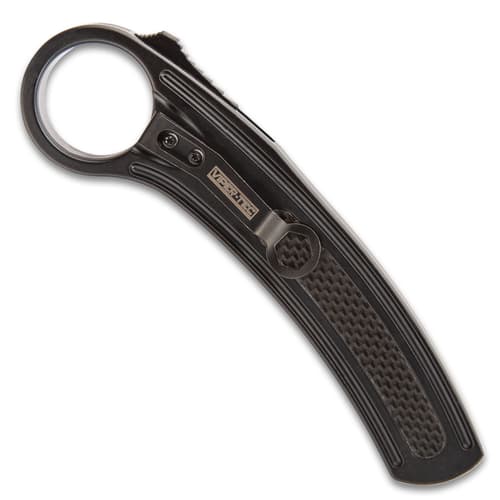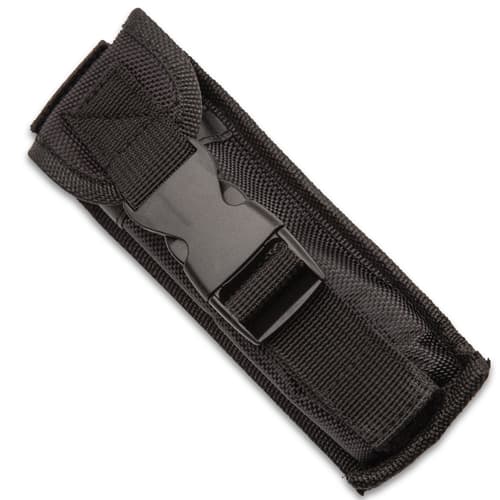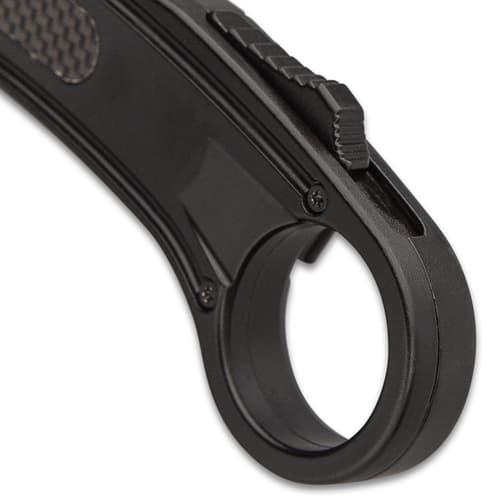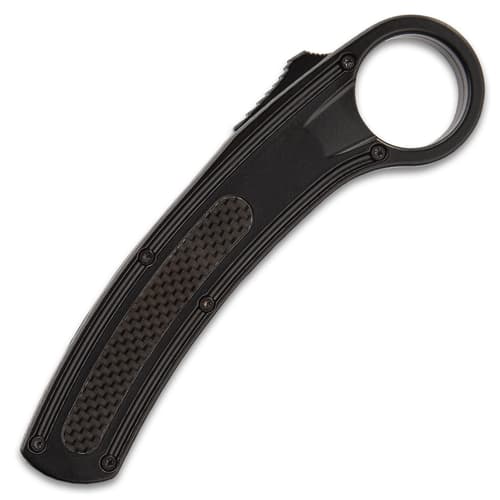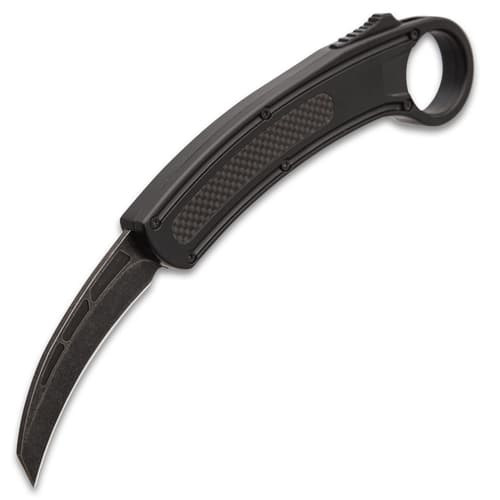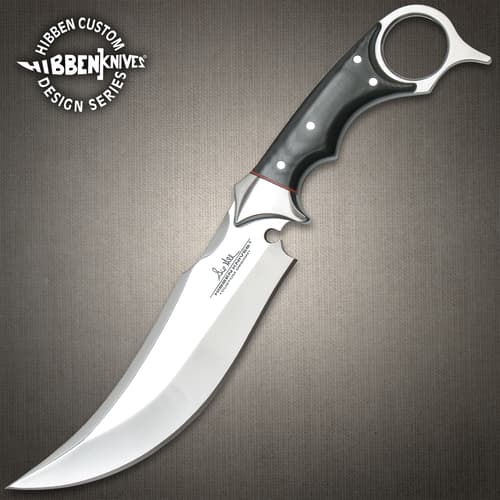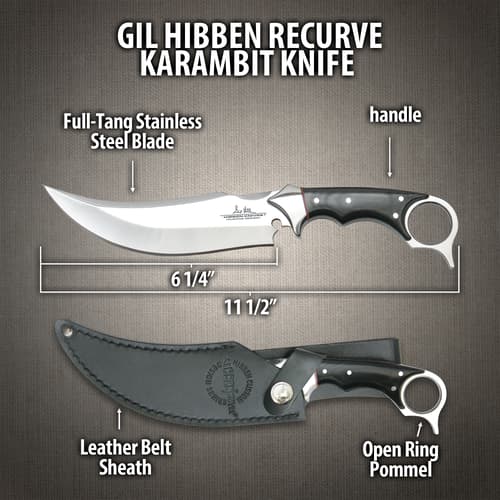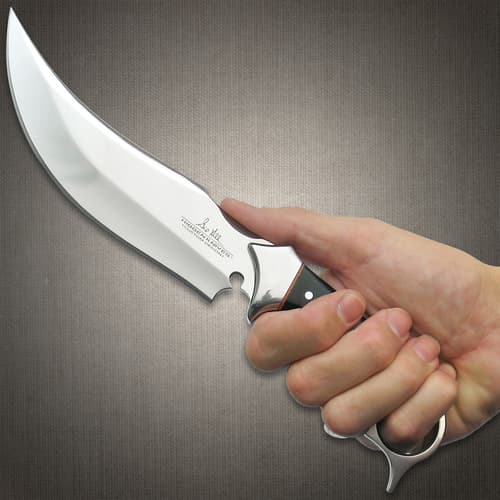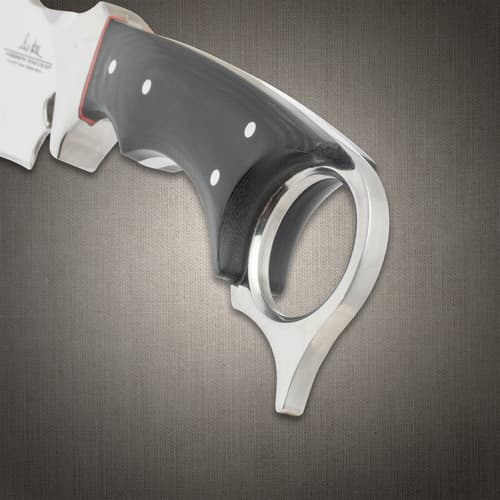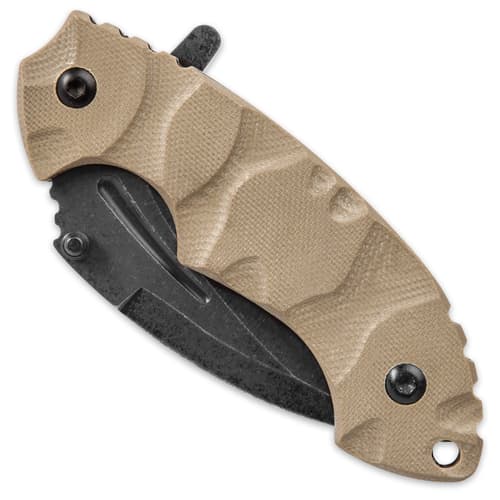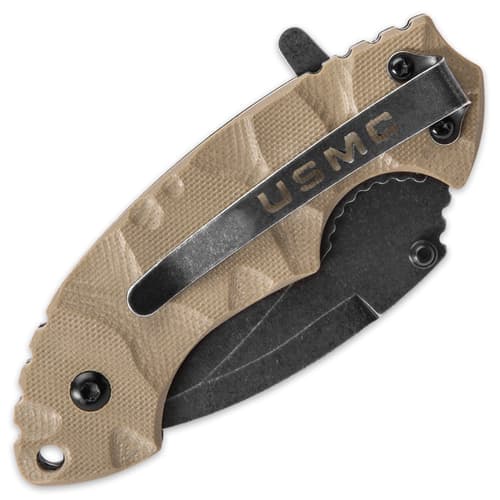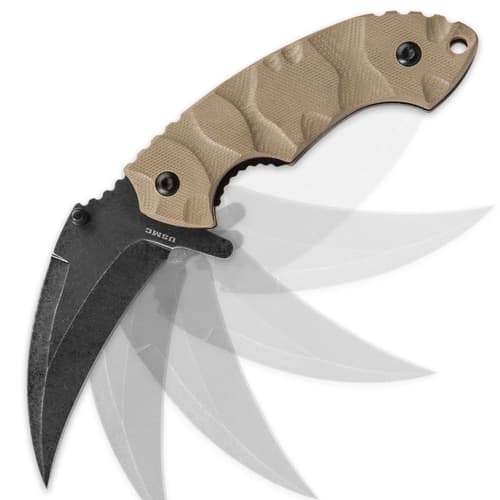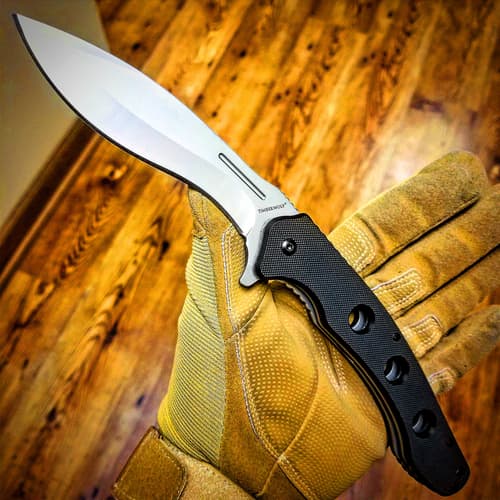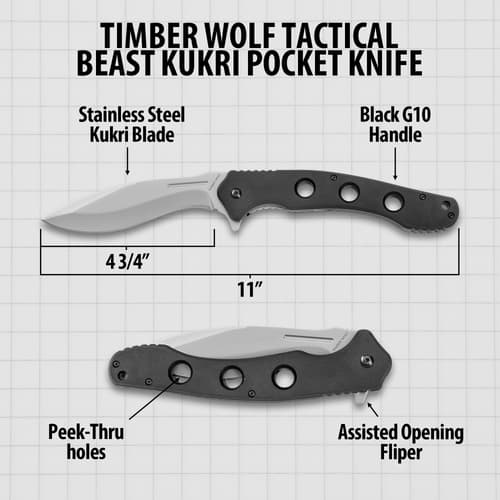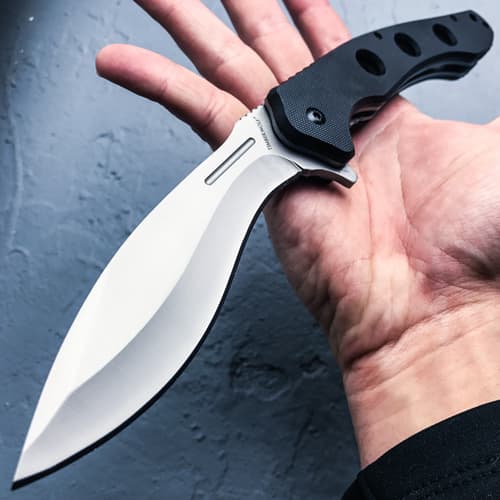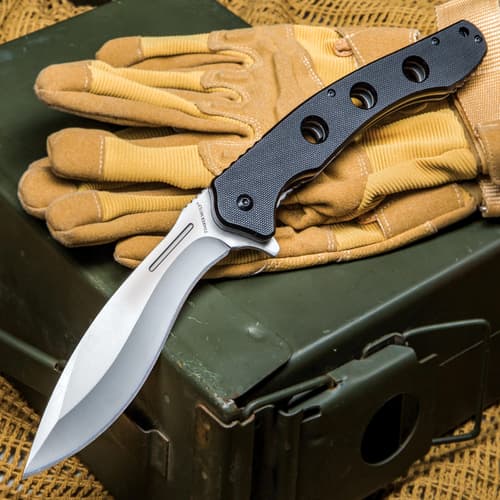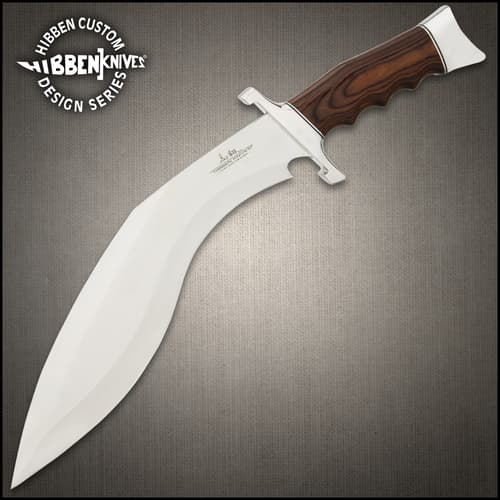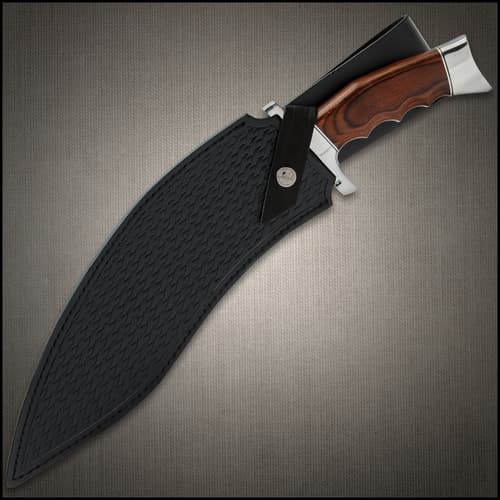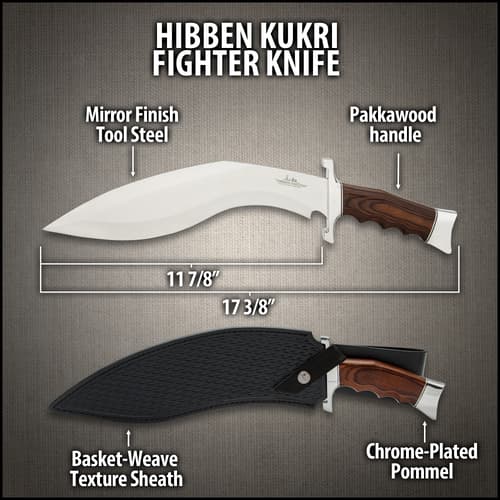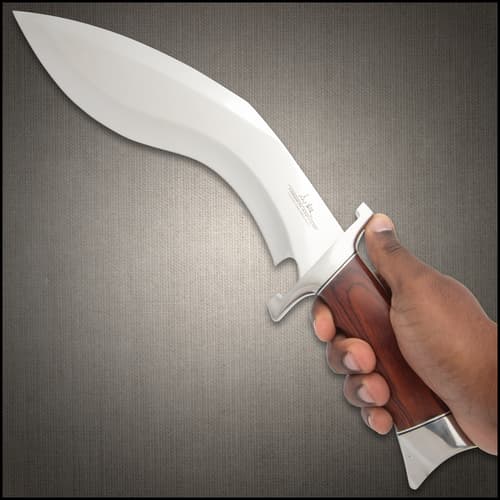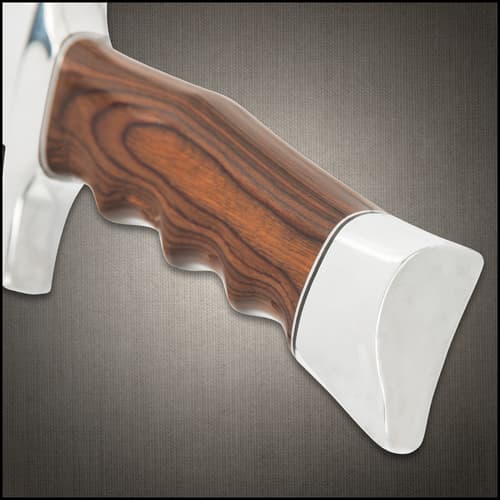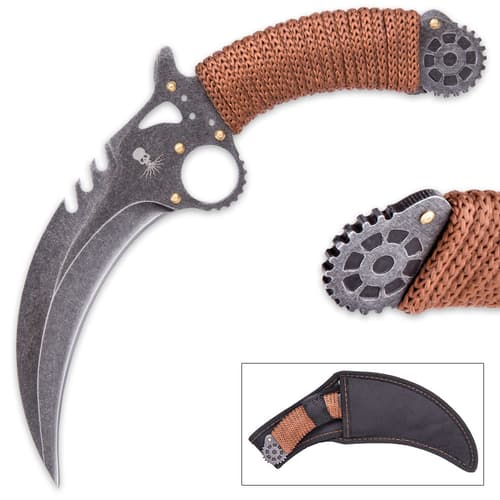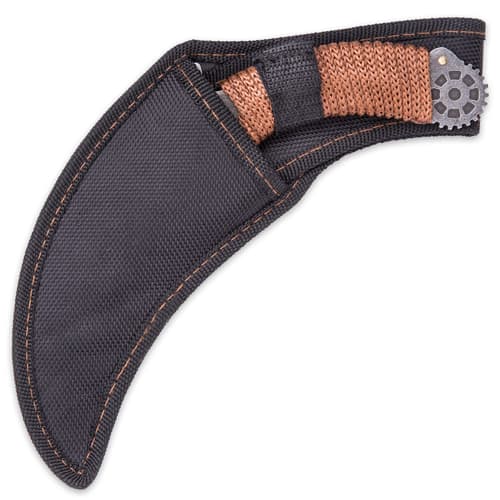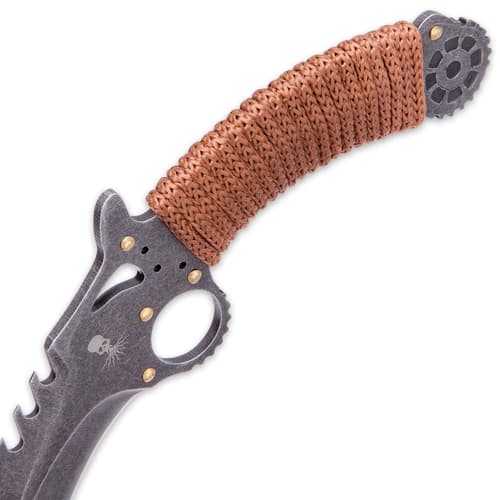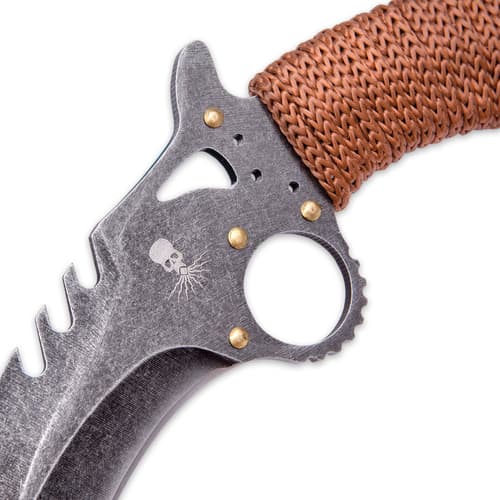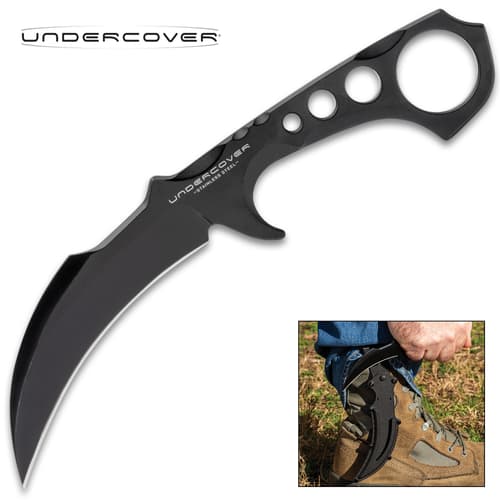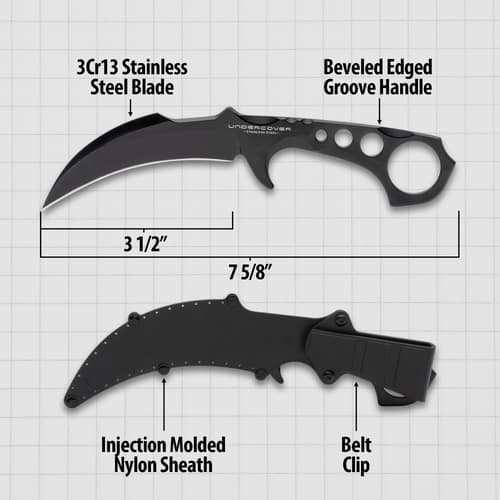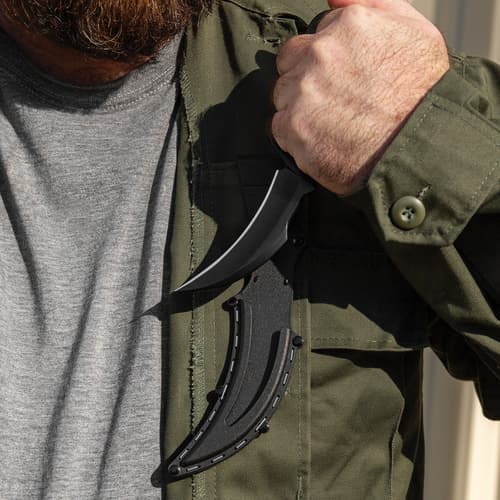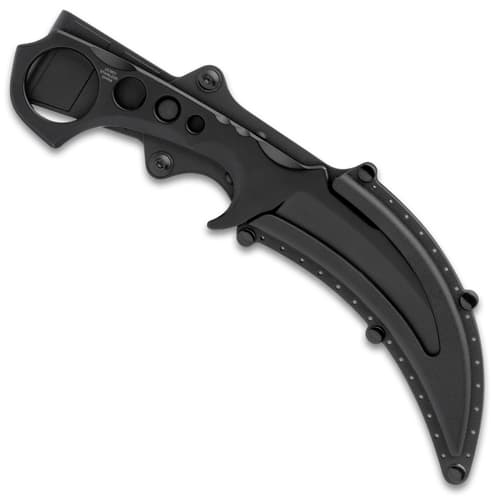Types of Dagger Profiles: A Short Guide
Types of Dagger Profiles: A Short Guide
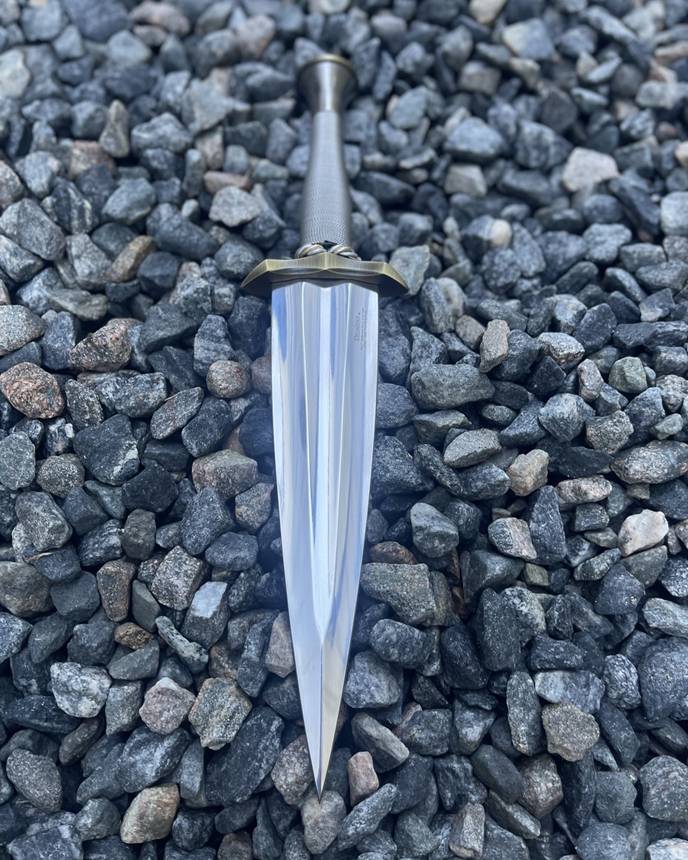

For centuries, daggers have been carried for defensive applications as well as for ceremonial purposes. Traditionally, a long knife with a crossguard and a double-edged blade, daggers exhibit much greater variety in profile and pattern than you might at first think. This short post will cover some of the more familiar, common patterns you’re liable to come across.
Push Dagger
The push dagger is a relatively modern invention, consisting of a short blade with a transverse grip, in contrast with the grip that sits behind the blade of a knife and enables it to be used for cutting tasks. Conversely, a push dagger is only truly practical for thrusting.
Boot Knife
A boot knife is a small knife generally intended to be carried in the boot, concealed for discretion and carried for personal defense. Though some might not consider them daggers, they do tend to have a short double-edge blade as well as a crossguard.
Dirk
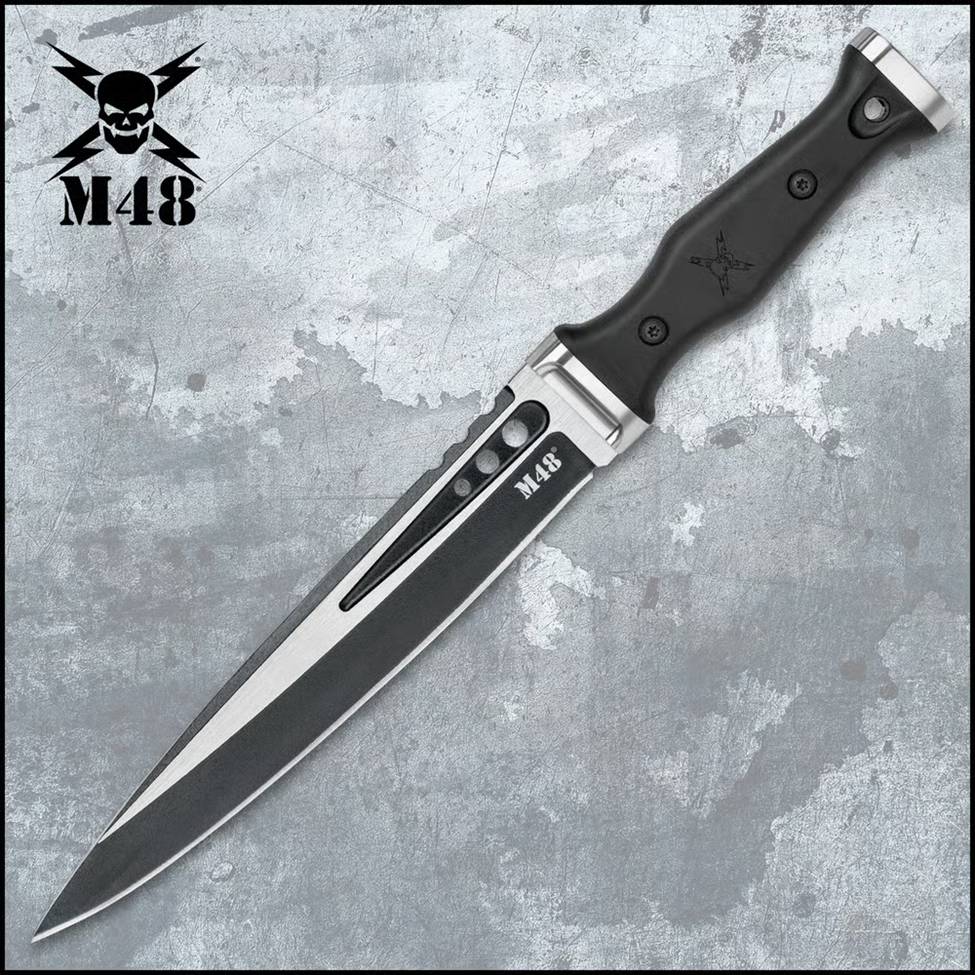

The dirk originated in Scotland as much as a camp knife as a weapon, and consists of a knife with a single edged blade generally between 12 and 14 inches long; designed for thrusting, the blade is relatively thin and there tends to be no crossguard. Some dirks are made with ornately graven wooden handles.
Sgian Dugh
The sgian dugh or “black knife” is another Scottish pattern; it is similar to the dirk in that it tends to be single edged and have a crossguard-less hilt, but the sgian dubh is a small fraction of the size, typically only a few inches in all. Traditionally it is worn at the top of a sock and in some cases under the armpit, as a part of traditional Highland dress.
Stiletto
A stiletto is a long, thin dagger that generally has a double-edged blade. As a result of its long, thin design, it is generally unsuitable for slashing and is only practical for thrusting. The thin, needle-pointed blade was popular in Italy and was practical for thrusting between plates or armor or in between the rings of mail.
Rondel
A rondel is similar in profile to a stiletto and like it is designed for thrusting, but in the case of the rondel, the blade is generally unedged; it is designed only for thrusting and cannot be used to slash or cut. As a result, rondels could have been round or triangular in cross-section; this made the design much more robust and thereby more effective for powerful thrusts, even capable of splitting mail.
Main Gauche or Parrying Dagger
A main gauche or parrying dagger was a type of sidearm generally carried in addition to a rapier, to be used for parrying the thrusting strikes of an opponent. Though both of these could vary in design, generally they were double edged, approximately a foot in length, and with robust crossguards or basket hilts that would not only protect the wielder’s hands, but also enable him or her to trap an opponent’s blade.
Jambiya
The jambiya is a curved dagger of Arabian origin, used more for ornamental purposes than for combat. While the blade was fairly standard, the hilt and sheath of the jambiya might be made from or ornamented with precious materials like gold, silver, horn, or jewels, communicating the status of the bearer.
Tanto
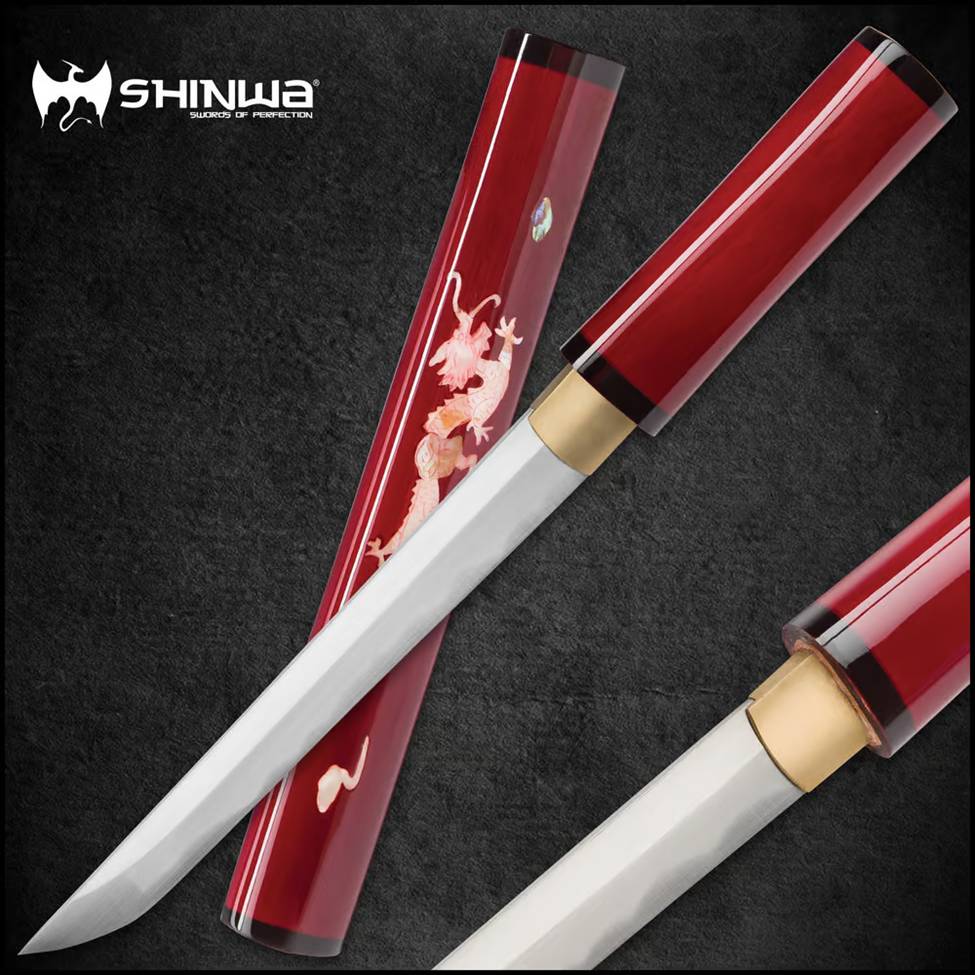

The tanto is a Japanese dagger with a single edge and a round crossguard called a tsuba. Generally with a blade of 12 to 14 inches or so, a tanto also has a distinctive point with a separate bevel from the main edge on the belly of the blade. A tanto would also have a hilt wrapped in rayskin with a traditional silk or cord overlay. Similar to but simpler in design than the tanto was a pattern called a kaiken or kwaiken, which was generally carried discretely by courtiers or ladies for self-defense in domestic settings.
Seax or Sax
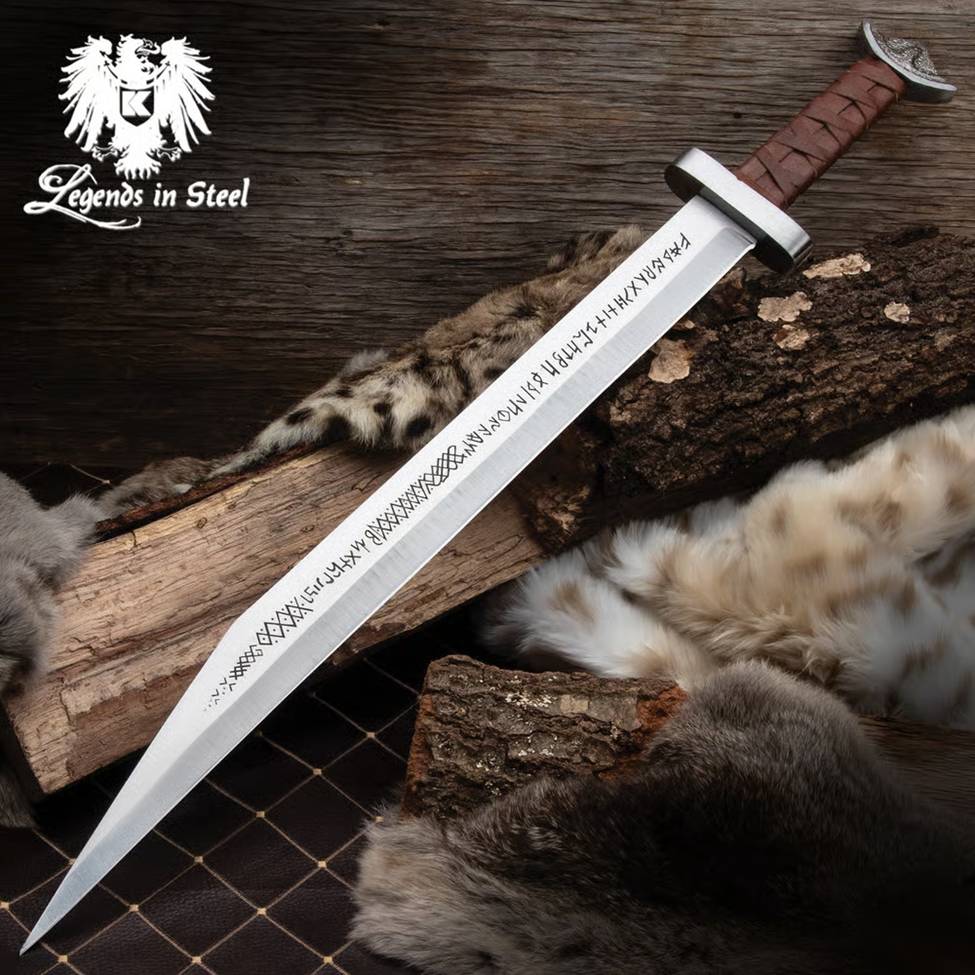

The seax or sax was a pattern of knife that was common in Northern Europe; though associated with Vikings, it would also have been carried by other Northern European peoples. The distinguishing feature of a sax is the wharncliffe or sheepsfoot blade with a spine that slopes to meet a straight edge, rather than a belly that sweeps up to meet the point.
Cinquedea
The cinquedea was an Italian design that is typified by a wide base and a strongly tapered spear point; cinquedea means “five fingers,” a reference to the width of the blade at its base. With a heavy, double-edged blade and a fine point, in skilled hands a cinquedea could be used for thrusting as well as slashing.
Thinking About Adding a Dagger to Your Collection?
If you’re planning on adding a dagger to your collection, take a look through what we offer and consider the purchase not just in terms of blade pattern and profile, but also blade length, weight, the type of sheath it comes with, and how you’ll carry it. Some patterns, like a boot knife or a push dagger, are easier to carry and conceal than others.


